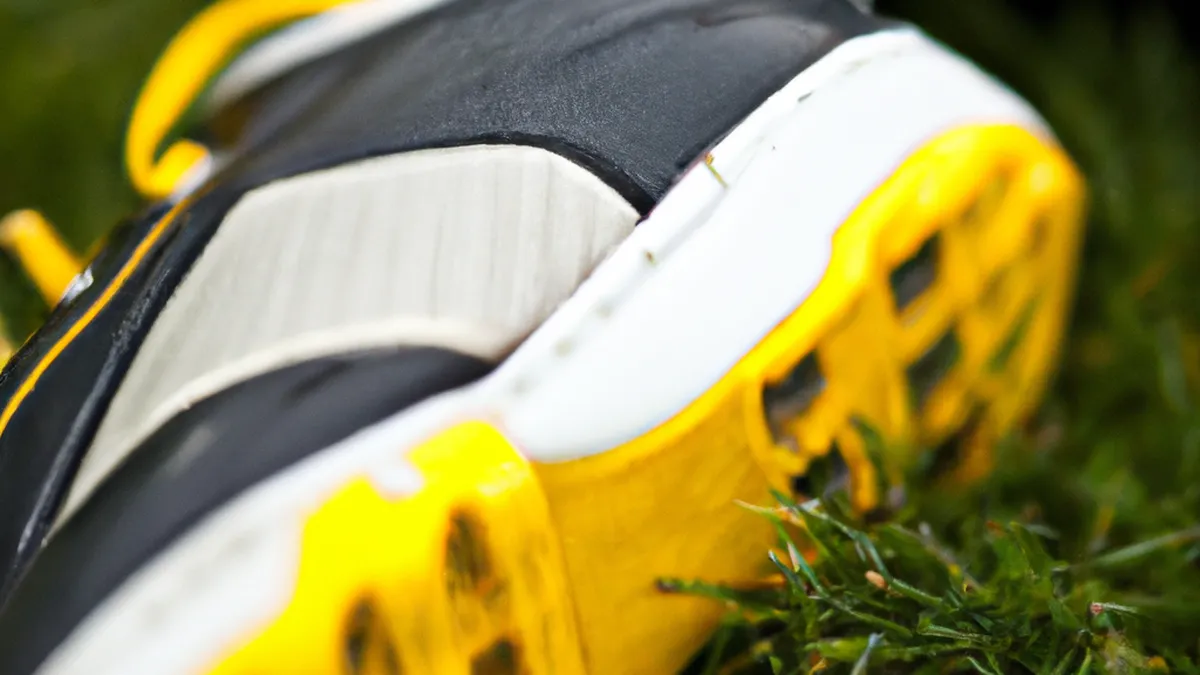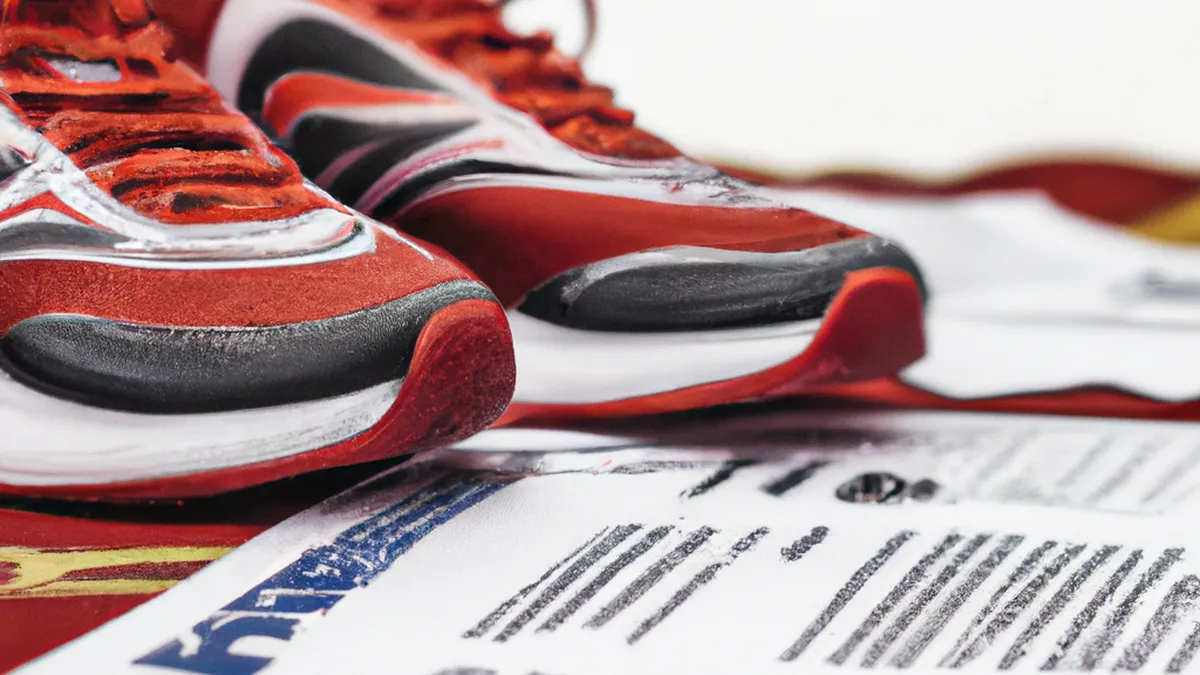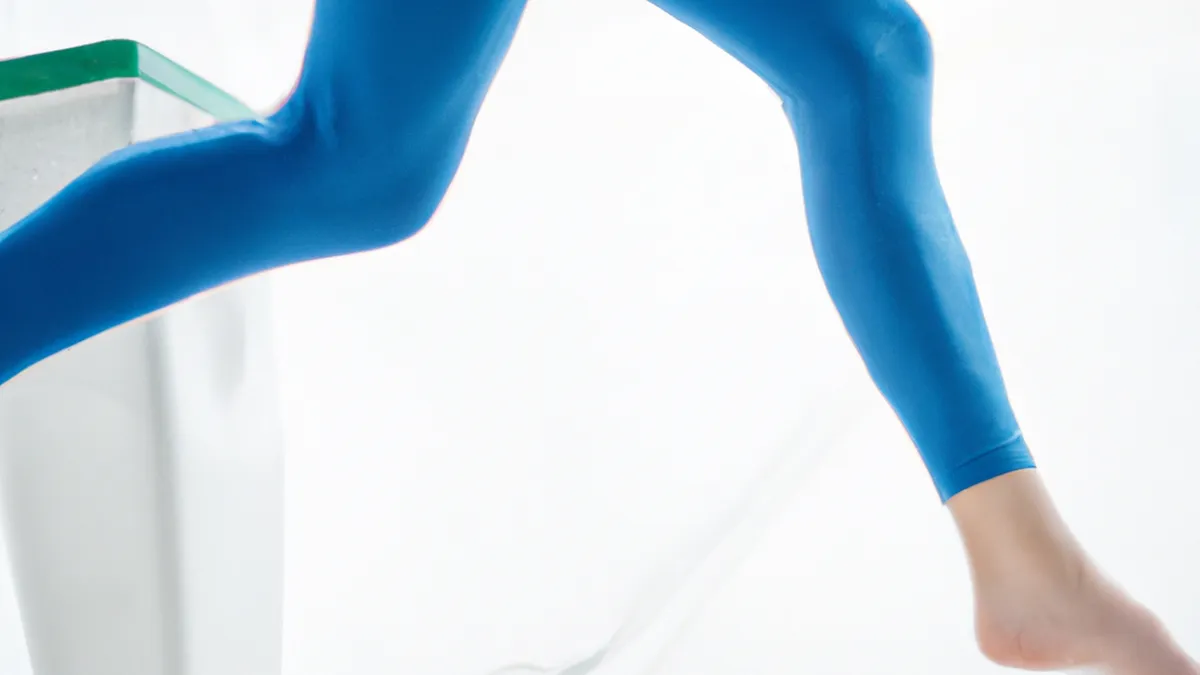Footwear Choices for Preventing Injuries
Injury Patterns Unique to Female RunnersRunning attracts many women and offers physical and mental health benefits. However, female runners often face unique injury patterns. Understanding these issues helps prevent injuries and supports sustainable running. This blog explores injury patterns in female runners, offers prevention tips, and highlights the importance of addressing these concerns.
Common Injuries in Female Runners
Female runners experience various injuries influenced by anatomical and biomechanical factors. Here are the most common injuries:
1. Patellofemoral Pain Syndrome (PFPS)
Patellofemoral Pain Syndrome, or “runner’s knee,” frequently affects female runners. Women’s wider hips lead to altered knee alignment and tracking. This misalignment increases pressure on the knee joint, causing pain during running or climbing stairs. Hormonal fluctuations also affect ligament stability, making women more vulnerable to knee pain throughout their menstrual cycle.
2. Iliotibial Band Syndrome (ITBS)
Iliotibial Band Syndrome commonly impacts female runners. The iliotibial band runs from the hip to the knee. Tightness in this band causes pain on the knee’s outside. Research shows that women experience ITBS more often due to their hip structure, which increases friction during running. Long-distance runners particularly suffer from this condition.
3. Stress Fractures
Stress fractures, small cracks caused by repetitive force, disproportionately affect female runners. Women often experience these fractures in the foot and lower leg. Lower bone density and menstrual irregularities contribute to this risk. Insufficient calcium and Vitamin D intake can further increase the chances of stress fractures.
4. Achilles Tendinopathy
Achilles tendinopathy causes pain and stiffness in the Achilles tendon. Tight calf muscles, improper footwear, and overtraining can worsen this condition. Women may experience it more due to differences in biomechanics, including foot pronation and lower limb alignment.
5. Plantar Fasciitis
Plantar fasciitis inflames the tissue across the bottom of the foot. Factors like overuse, improper footwear, and poor running mechanics contribute to this condition. Women, especially those with higher body mass indexes, may face increased susceptibility due to added strain.
Conclusion
As an Amazon Associate I earn from qualifying purchases.
Gear tip: consider mouthguard, lacrosse ball, and peanut mobility ball to support this topic.
Understanding these injury patterns helps female runners prevent injuries and maintain a sustainable running practice. Addressing these concerns enhances overall well-being.
Below are related products based on this post:
FAQ
What are the most common injuries female runners face?
Female runners commonly experience Patellofemoral Pain Syndrome, Iliotibial Band Syndrome, stress fractures, Achilles tendinopathy, and plantar fasciitis. These injuries are often influenced by anatomical and biomechanical factors unique to women, such as wider hips and lower bone density.
How does anatomical structure affect injuries in female runners?
Women’s wider hips can lead to altered knee alignment and tracking, increasing the risk of knee-related injuries like Patellofemoral Pain Syndrome. Additionally, structural differences can increase friction and vulnerability to conditions like Iliotibial Band Syndrome and stress fractures.
What factors contribute to higher injury risks in female runners?
Factors contributing to higher injury risks include hormonal fluctuations, lower bone density, and insufficient calcium and Vitamin D intake. Biomechanical differences, such as foot pronation and lower limb alignment, also play a significant role in the susceptibility to injuries among female runners.















Post Comment